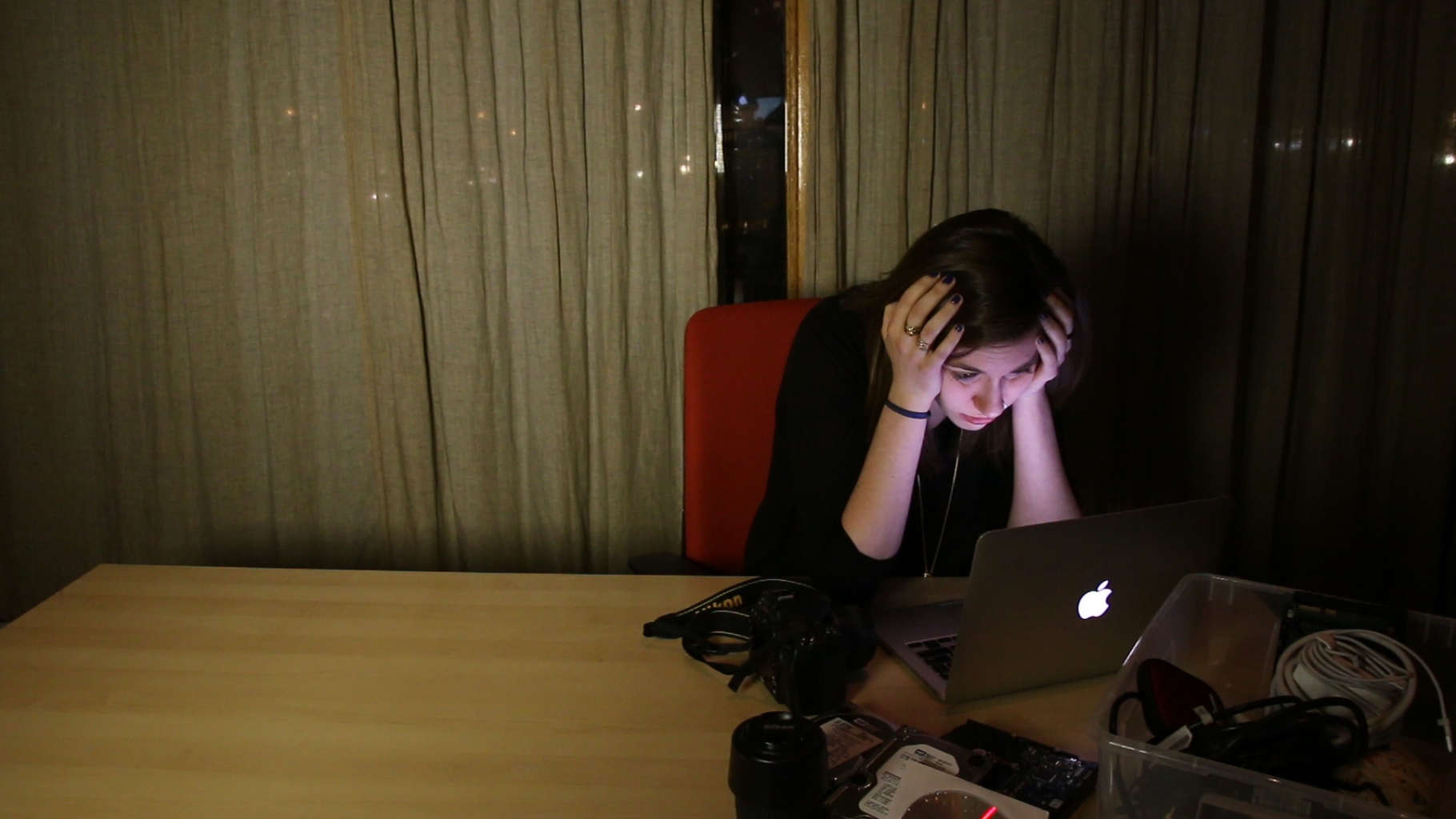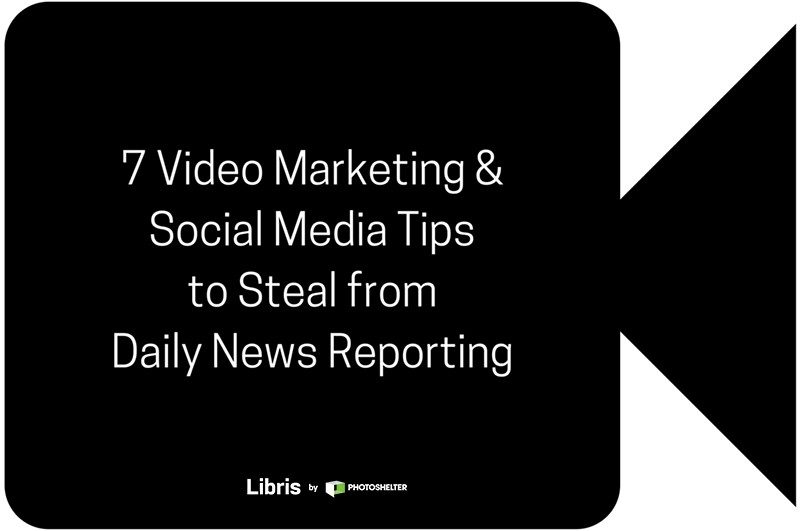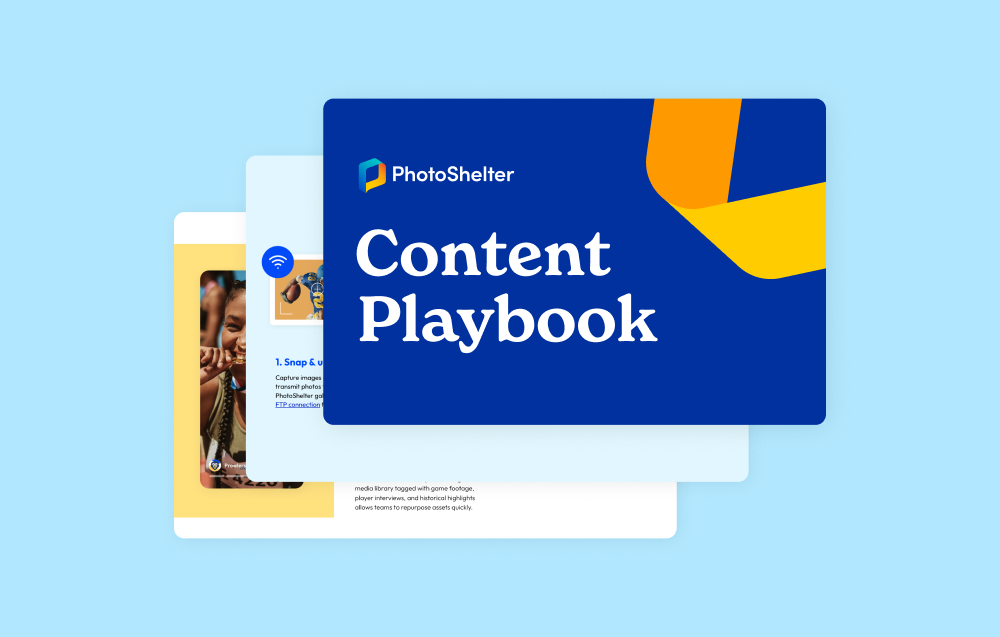Marketers, public relations professionals and social media managers are buzzing about video’s potential to drive business. And it’s no wonder, when you look at the numbers. Customers are 64-85 percent more likely to buy a product after watching a video about it. Consumer internet video traffic is expected to surpass 80 percent by 2019.
Marketers are making video a top priority in their visual content strategies, with 79 percent of senior marketers saying video’s importance will increase in the future.

With the spotlight on video content, how can you harness the power of video for public relations and marketing, whether that be marketing for dispensaries or any other industry? After all, whilst there are differences in each sector, there are some universal truths between each when it comes to marketing plans.
Before I started producing content here at PhotoShelter, I worked as a daily news reporter. Reporters, photographers and multimedia journalists working for local television stations have to produce stories at high speed. They have a minute to tell a story they’ve worked on for hours. Their stories compete for your attention when you’re getting ready for work or making dinner.

Brand storytellers can learn a lot about how to drive views and boost engagement for their social video by studying the way journalists tell stories. Here are 7 Do’s and Don’ts inspired by my time in a newsroom to help you get the most value from your video content on social media.
1. DO catch your audience’s attention with the first frame.
The first tip I got in TV news was, “always start with your best B-roll.”
If you’re covering a fire, the first shot in your story is the blaze, not the interview with the fire chief.
This tip is becoming increasingly important as audiences can be as easily distracted as Dory, the fish from Disney’s Finding Nemo. In fact, according to Microsoft, a human’s attention span is shorter than that of a goldfish. You have just 8 seconds to hold your audience’s attention, which means you have exponentially less time to catch it.
Plan your video visually. Make sure the first shot is eye-catching. Think about what will make your audience choose to wait and see what happens next in your video, rather than scrolling to see what’s next in their feed.
Autoplay video on Facebook, Twitter and Instagram underscores the importance of leading with your best footage. You don’t have to convince the audience to hit play, so you’re already past the first hurdle. Give viewers a compelling first shot, and encourage them to slow their scroll when they see your video.
2. DO have a hook.
A news story has to have a hook. Why is this story important right now? For your brand, the hook could be a trending conversation, a current event or even a holiday.
Hootsuite launched its epic pop culture reference, A Game of Social Thrones, just two days before the Game of Thrones Season 4 premiere. The video is both timely and relevant. The start of the real Game of Thrones season was a perfect hook. Hootsuite added to the buzz at the height of #GoT excitement, leading to more views and shares.
Think about the events and conversations where your brand could add valuable input. The right hook can help your video have a bigger impact on social media.
3. DO shift the focus.
Journalists never make the story about themselves. When you’re creating video content, think about your audience. Why will I want to watch your video? Does it teach me something? Make me smile? Pull at my heartstrings?
When you focus on the bigger picture and put your brand on the back burner, your audience will be more likely to relate to your content. And if they relate to your story, they’ll be much more likely to share it.
That’s why Dove’s Real Beauty Sketches became the third most shared video of all time within a month of its release. This video doesn’t tout the Dove brand as a champion of inner beauty (the brand is hardly even mentioned). Instead, it tells a beautiful, realistic story that hits a nerve with its target audience. Real Beauty Sketches shifts the focus from the brand to the bigger picture, and shares a story filled with emotion and a punchline Dove’s audience is sure to love.
The takeaway? Tell a great story. Add value. Leave me wanting more. Make me feel compelled to click on your call to action and tell everyone I know about how much I loved your brand’s video.
4. DO partner with your customers to create great content.
News teams often have special access. A press pass can get you a preview, a behind-the-scenes perspective or an exclusive interview. But a news team can’t be everywhere at once, and these days, everyone has a camera at all times. Increasingly, major news outlets are partnering with citizen journalists to tell a story. Think about major news coverage you’ve watched recently – were cell phone photos and videos included in the coverage?
Your citizen journalist is your customer. And sometimes, your customers’ real-life experiences can be more powerful than a story crafted in your office.
When firefighter Cory Kalanick captured a kitten rescue on his GoPro Hero3 camera, his YouTube video garnered more than a million views. GoPro partnered with Kalanick months later to re-release the footage and brought in more than five million. These views are incredible for a competitive site like YouTube and were undoubtedly taken as a success by both Cory and GoPro. Many YouTubers fight for views like this for years or opt to purchase views from sites like Buyoutubeviews to encourage growth.
GoPro’s PR team could have dreamed up the idea to attach a camera to a fireman’s helmet, but they couldn’t have achieved a video with this level of heart. Partnering with a customer allowed the brand to tell a incredibly compelling and authentic story.
Throughout the video’s promotions, GoPro credited and thanked Kalanick for sharing his story. The brand also links to Kalanick’s original video in the GoPro version’s YouTube description, and shouts out to him in the comments. Not only does this reinforce the authenticity of the video, it also makes GoPro seem more personable and gracious. It brings the brand to the forefront along with the story, allowing the audience to connect it with such a heartfelt narrative. If you are seeking to create content similar to the GoPro ad, you will need the equipment to do so. A visit to somewhere similar to hereon.biz may be a good place to find the equipment you need to make quality content.
It’s also important to note that GoPro clearly has an agreement with Kalanick to use the footage. If you’re going to include User Generated Content in your brand’s storytelling, respect the creator’s copyright. A hashtag granting permission on Instagram isn’t enough.
5. DON’T let clutter get in the way of your message.
In daily news, you have about a minute (sometimes less) to tell the story you’ve been working on all day. A reporter’s job is to sift through the details, highlight the most important points, and share the story in the most compelling and concise way possible.
When you are creating a video for social media, every choice you make should have meaning. Highlight the most important details and don’t include extraneous clutter that will muddle your message.
When the PhotoShelter team created our own video ad for social media in-house, we had to cut out a whole scene to keep our message clear and concise. We also went through an extensive review process to make sure our copy was as short and to-the-point as possible. Review your content with a critical eye, and be as willing to cut the clutter as a daily news editor.

6. DO create content that inspires your audience to take action.
Journalists are masters of storytelling. As a brand communicator, emulate a journalist’s powerful storytelling, and do the one thing journalists can’t usually do: add a call to action. When you’re sharing a video online, consider the next step you want your audience to take and give them a clear path. Do you want them to share your video with their friends? Do you want them to make a donation?
A powerful story that drives your audience toward a clear call to action can help you achieve your goal. Check out the following two examples to get inspired.
Always: #LikeAGirl
The Goals:
- Raise awareness about the #LikeAGirl campaign, an effort to change society’s perception of what it means to do something like a girl
- Position Always as a thought leader and a trailblazer of social change
The Calls to Action:
- 3 different embedded links to share, and you get to choose the one that works for you
- The video’s story makes you feel inspired to be part of the change, and the CTAs don’t just ask you to share on Facebook or Twitter, they ask you to get involved in the movement
Chipotle: The Scarecrow
The Goals:
- Educate the audience about sustainable and healthful food culture
- Promote the brand’s values
The Calls to Action:
- Play the game, learn the facts
- The calls to action invite the audience to dive deeper into the video’s themes by interacting with the game or reading more content, allowing you to continue following the story in your own way
7. DON’T let valuable resources slip through the cracks.
Newsrooms have powerful visual asset management systems to store their archived footage. When news breaks, the team needs to have easy access to relevant imagery, even before the satellite truck gets to the scene. Plus, having file video for frequently covered topics, like B-roll of schools or city government offices, allows news teams to save time on a deadline.
Video is an important brand asset, and you can get more out of it (and save valuable time) when you have a system for storing and accessing it again later. This opens the door to tailoring and repurposing video content for new projects and new channels.
If your brand released a popular 2 minute video on YouTube for Valentine’s Day last year, you could cut that video down to a 15 second #TBT for Valentine’s Day this year. Or, if you shot beautiful B-roll of your storefront or corporate headquarters for one project, you may be able to repackage it for another project, saving your team time and money. Plus, when you shoot video, you often end up shooting more footage than you need. Just because the footage didn’t make the cut this time doesn’t mean it won’t be valuable in the future.
Take, for example, the Global Alliance for Clean Cookstoves. The nonprofit tapped into its media archive and repurposed video content from 2012 for a 2015 campaign with Shell, and brought the organization’s messaging to a massive audience.
The trick here is to keep your video footage well organized and easily accessible, so that when the time comes to repurpose the footage, you don’t waste time searching for it and you don’t waste money reshooting footage you already have.
A version of this post was originally published in the PR News Visual Storytelling Guidebook 2016.




